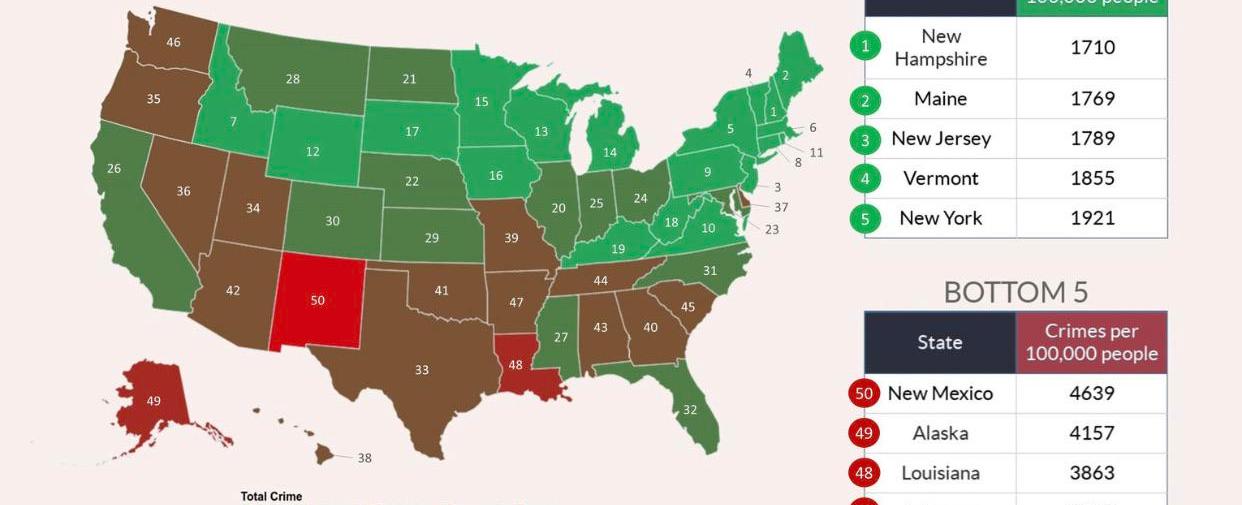Chances that a burglary in the united states will be solved 1 in 7

Chances that a burglary in the United States will be solved: 1 in 7.
Burglaries can be a distressing and disruptive experience for anyone who falls victim to such crimes. Beyond the initial shock and material losses, there is also the lingering concern about the likelihood of the perpetrators being brought to justice. Unfortunately, statistics indicate that the chances of a burglary being solved in the United States are quite low, with only a 1 in 7 chance of a successful resolution.

Law enforcement agencies face numerous challenges when it comes to solving burglary cases. With ever-increasing populations and limited resources, police departments across the country often find themselves stretched thin. The overwhelming number of reported burglaries, combined with other high-priority crimes, makes it difficult for investigators to dedicate significant time and resources to each individual case.
In recent years, the United States has experienced fluctuations in burglary clearance rates. While some areas have seen improvements, others continue to struggle in solving these crimes. Factors such as the local police force’s capabilities, available technology, and the level of community engagement can heavily influence the clearance rates. It is essential to analyze these factors to understand the larger picture.

One of the primary reasons for the low rate of solved burglaries is the lack of evidence left behind by the perpetrators. Burglars often take precautions to avoid detection, wearing gloves, and other protective gear to minimize leaving behind fingerprints or DNA evidence. They may also target homes that are less likely to be equipped with video surveillance or other security systems, further reducing the chances of identification.
Additionally, burglaries are typically opportunistic crimes, committed swiftly with the aim of acquiring valuable possessions. This quick and stealthy approach minimizes the chances of witnesses observing or remembering crucial details that could assist in solving the case. Without eyewitness testimony or reliable leads, investigators often face an uphill battle when it comes to solving these crimes.
Another challenge is the reluctance of victims to report burglaries or provide necessary information to assist the authorities. Reasons for these reluctances include concerns about potential reprisals, insurance complications, or simply a lack of faith in the criminal justice system’s ability to deliver justice. The underreporting of burglaries not only hampers the ability of law enforcement to track and address crime trends effectively but also limits the chances of solving individual cases.
It is worth noting that correlation does not imply causation when comparing burglary rates to clearance rates. While some areas may experience higher burglary rates, it does not necessarily mean that their clearance rates will be lower. Each case is unique, and factors such as the efficiency of the local police force and the measures taken by the community to promote security play a vital role.
In conclusion, the chances of a burglary being solved in the United States currently stand at 1 in 7. Various factors, such as limited resources, lack of evidence, opportunistic tactics by criminals, and underreporting of incidents, contribute to the challenges faced by law enforcement agencies. To combat this issue, investments in improved technology, community engagement, and awareness campaigns can help increase the chances of solving burglary cases and bringing the perpetrators to justice.
Tags
Share
Related Posts
Quick Links
Legal Stuff

